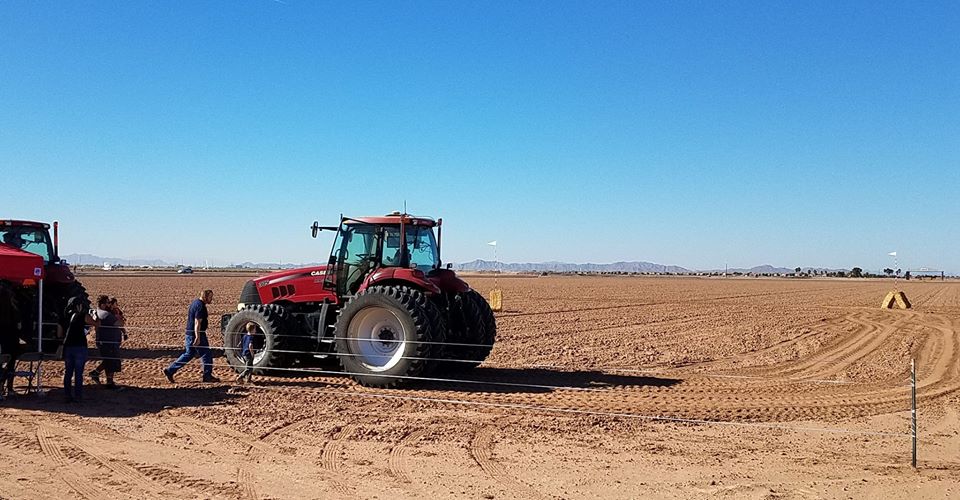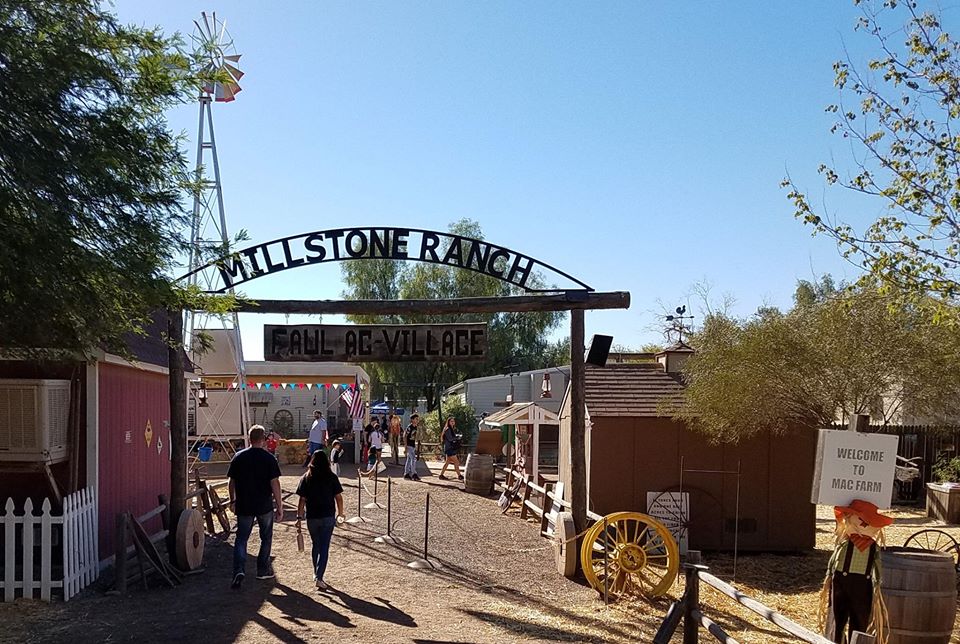Visited the MAC (Maricopa Agriculture Center) today.
We saw some tractors that run on GPS. People could ride in the driverless vehicles to show how it was done.
Another interesting thing was a mechanical cotton picker. This is not a new invention. It was developed over a couple decades in the starting in the 1920s by John Rust with the later help of his brother Mack Rust. It was a kind of Wright Brothers thing. These guys just worked and improved until they got it right.
The Rust brothers grew up on a farm and picked cotton as kids. It was an unpleasant task, so John was always thinking of how it could be done by machines. Problem was that cotton comes in fiber balls, not like corn or grain. He remembered how the cotton stuck to his hands on wet days, and water is the secret of the cotton picker. It has rotating screws that are kept wet. They pull the cotton off the plant and it sticks because of the water until it is brushed off.
The machine they showed us is a relatively old and small model. It can pick 9,000 pounds a day. There are some that can do 90,000. In comparison, a reasonably fast human picker can do only around 400 pounds a day. That means that the big machines replace more than 200 field workers. This was not welcome everywhere. Since it would replace so many workers, some feared disruption and social upheaval. Besides, labor was cheap and there was a lot of it available during the Great Depression so not much interest in financing the machines.
The Rust brothers eventually did make good. Commercially viable models came out after World War II, and they soon transformed the fields of the South and West. Today, the only cotton not picked by machines in America is in a few very small experimental fields, too small for machines. Even in developing countries, where labor is still very cheap, the machines are taking over.
I wondered why mechanical cotton pickers were not developed earlier. After all, mechanical reapers for grain were developed in the 1830s, a century before the cotton pickers, and widespread within decades. The difference was probably in the type of labor employed harvesting. Grain was grown everywhere in the USA, but the big producers were in the Midwest and on the plains, grown by farmers who owned their land and/or employed free labor. For a long time, cotton was grown only in the South and by slave labor and later where labor was less mobile, less free.
Adam Smith argued that slave labor was inherently inefficient and he was right. Even setting aside the really big moral issues, free labor is in the long run better and progress is hastened when free people can innovate and benefit from the innovations. The cotton picker might have come around about the same time as the mechanical reaper, had the labor system been different.



